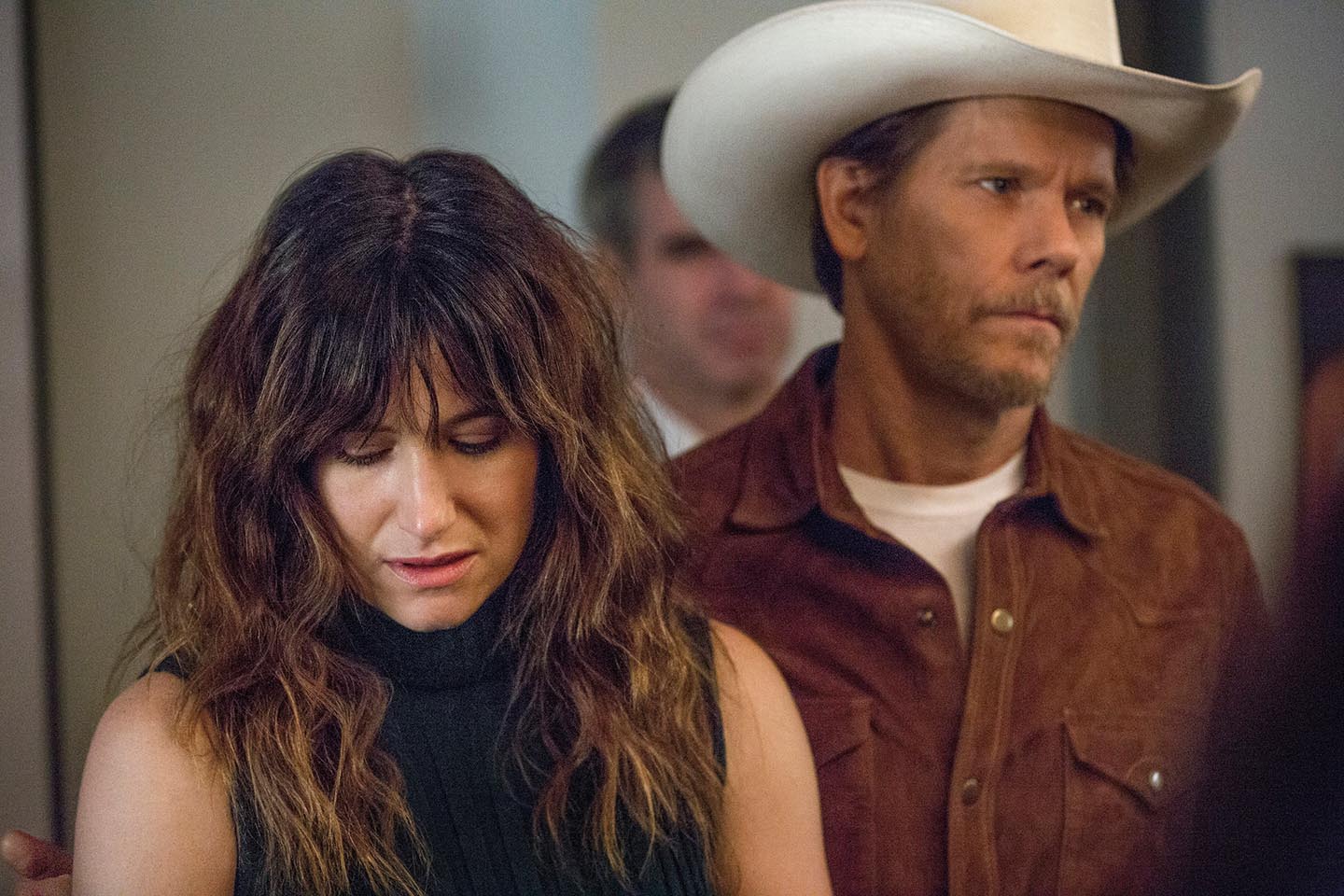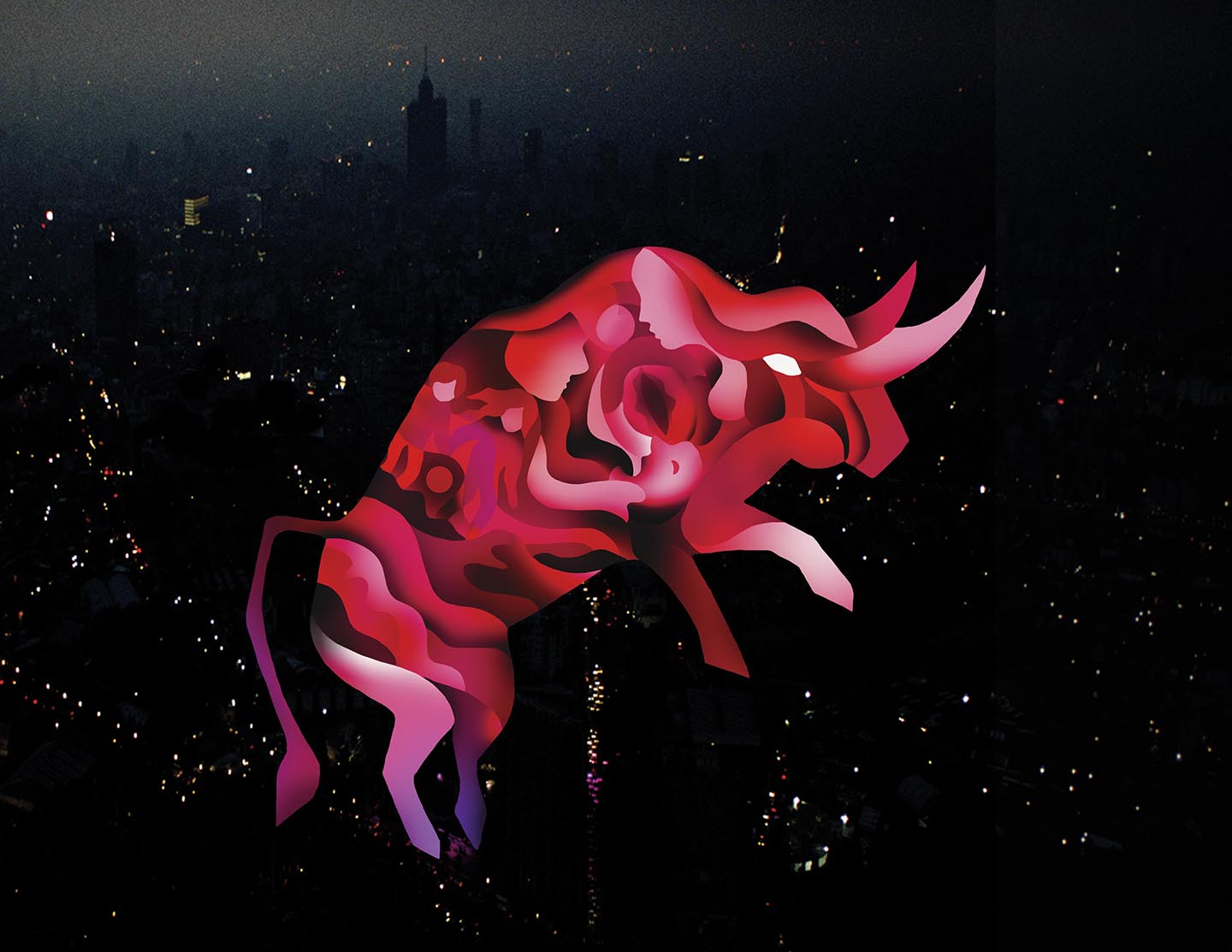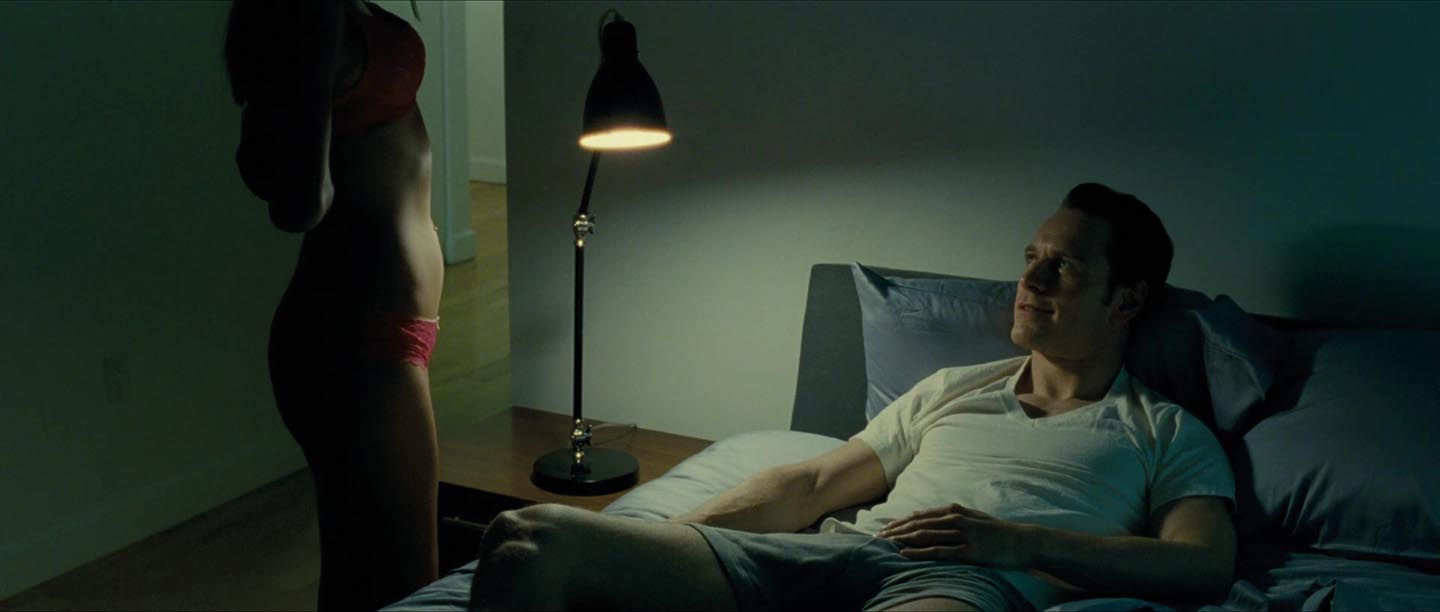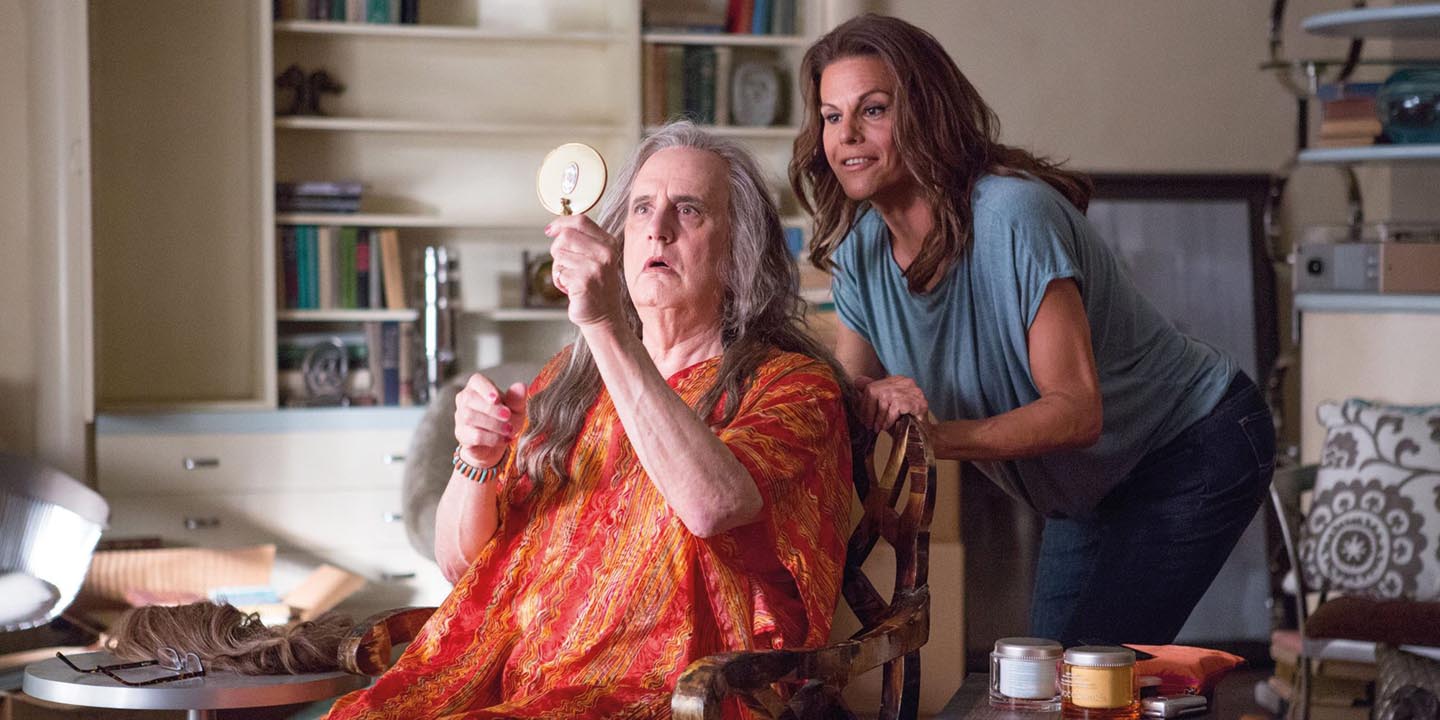Desiring Desire
 Why not about Brandon, Esther or Dick? Why not writing on what keeps our lives moving? On that primitive desire that animated matters, driving force of life, power of attraction denoting lack?
Why not about Brandon, Esther or Dick? Why not writing on what keeps our lives moving? On that primitive desire that animated matters, driving force of life, power of attraction denoting lack?
The ancient Greeks assigned to Eros a central and original role in the genesis of the universe, a role which, nevertheless, showed all the antithetical and deceptive characteristics of its nature. Eros was perceived as a generating force that does not generate, a corresponding love, a blind desire, a movement of openness towards the other and an indomitable yearning. Eros has no descendants, does not follow nymphs, or rape girls (see the ways of relating of other gods, especially Zeus), and has very little iconography compared to the attention that society gave him. It binds to Dionysus, changes shape and becomes anthropomorphic, firstly as ephebe, then shortly as infant, then becomes Aphrodite’s parèdre, starting shoot arrows; it is quickly domesticated in soft form.
The sphere of sexual desire has experienced a targeted problematization since before the advent of Christianity where it was inhibited by morality and labelled as absolute evil, as an inadmissible loss of reason, as flesh to be removed for the sake of the soul. Desire in Greece was understood not as a character of the desiring person but as an external force that grasps the one who feels desire (Claude Calame). The desired subject becomes the origin and goal of everything; the desiring subject is not inquired on the basis of the nature of its own desire, the focus is not on the hermeneutics of desire, but leads to an aesthetic of existence where it is the act that defines a moral concern, not the desire of the agent (Michel Foucault).
Morality is configured more as a practice and care of the self than as legislative codification. For example, erastes and eromenos, the figures of the lover and the beloved (often in a pederastic relationship), represented postures, activities more than monolithic substantives (Sandra Boehringer). They are performativities that move beyond a definition concerning gender expressions. It is not the central program of these figures to define themselves as sexual identities, but to scroll through the different natures that form their person – and when we talk about person, we talk about masks.
 When desire gets in touch with the sphere of the visible (even if only at the level of the imaginary, thinking is always thinking also through images), it is not reasonable to avoid a speech linked to the theme of the gaze. “In our relation to things, in so far as this relation is constituted by the way of vision, and ordered in the figures of representation, something slips, passes, is transmitted, from stage to stage, and it is always to some degree eluded in it – that is what we call the gaze” (Jacques Lacan). The gaze always configures a desiring subject. Resuming Maurice Merleau-Ponty and criticizing Jean-Paul Sartre, Lacan defines in this context the subjects as “beings who are looked at, in the spectacle of the world”. The perception of the double consciousness that the Ego acquires in its relationship with the world passes through an experience in which, even without eyes looking at it, it feels, as subject of desire, object of observation.
When desire gets in touch with the sphere of the visible (even if only at the level of the imaginary, thinking is always thinking also through images), it is not reasonable to avoid a speech linked to the theme of the gaze. “In our relation to things, in so far as this relation is constituted by the way of vision, and ordered in the figures of representation, something slips, passes, is transmitted, from stage to stage, and it is always to some degree eluded in it – that is what we call the gaze” (Jacques Lacan). The gaze always configures a desiring subject. Resuming Maurice Merleau-Ponty and criticizing Jean-Paul Sartre, Lacan defines in this context the subjects as “beings who are looked at, in the spectacle of the world”. The perception of the double consciousness that the Ego acquires in its relationship with the world passes through an experience in which, even without eyes looking at it, it feels, as subject of desire, object of observation.
Take for example Brandon, leading character in Steve McQueen’s film Shame, an erotomaniac subject located in the city that Hubert Damisch’s renamed as “la ville narcisse”, New York. At some point in the movie he sees two erect subjects in sexual intercourse: the girl is leaning against the window of the room while is penetrated from the male behind her, in a moment of full enjoyment. Brandon watches this scene from the street, the window is located high up, enough to see the bodies clearly without giving them a face; outside it’s dark, and the light comes from inside the room. The world is not used – although it is an omnivisual world – to provoke our gaze in this way and Brandon, as a subject-that-sees, cannot help but imagine himself immediately as an exhibitionist-object, distancing himself from the world in a state of erotic alienation. In him arises the desire to re-perform such a scene, as erotic as spectacular, by turning his role upside down, becoming a subject aware of being the object of a vision of a gaze that potentially exists but that is only his, reversed.
 The extraneousness that triggers such an impulse will ensure that each of his erotic appetites must promptly find an egoic satisfaction. The other, necessary for the accomplishment of such a penetrating action, becomes only a beam of an architecture that does not involve it except as an ornament – essential at the origin, now required only in terms of form and presence – so badly that he needs to call for a prostitute to realize his erotic imagination, giving up the intimacy of a relationship with a colleague. Erotic imaginary wins over the real.
The extraneousness that triggers such an impulse will ensure that each of his erotic appetites must promptly find an egoic satisfaction. The other, necessary for the accomplishment of such a penetrating action, becomes only a beam of an architecture that does not involve it except as an ornament – essential at the origin, now required only in terms of form and presence – so badly that he needs to call for a prostitute to realize his erotic imagination, giving up the intimacy of a relationship with a colleague. Erotic imaginary wins over the real.
The figure of Brandon does not offer answers to the nature of his sexuality as homo, hetero or bisex. It’s away from that. What if we had to do without these categorizations for once? Even if the limits of the heteronormative roles are visible even to the less sensitive (it does not mean that awareness leads to change) and if the change tries to be established, it is not easy to get rid of categories so deeply established to be considered natural. Male domination, what Pierre Bourdieu calls “symbolic violence”, remains fixed in our gestures, in our culturally structured automatisms.
Recently, two TV series by director Jill Soloway should be noted positively. I Love Dick (drawn by Chris Kraus’ cult book) and Transparent are able to give light, form and voice to a scene framed by a truly female gaze (the first) and to present a family facing a redefinition of roles and genres, where the transition of the father, from man to woman, leads to a questioning of the identity of each member of the Jewish Pfefferman family (the latter).
 Plus, Carlos Reygadas has just presented his latest film, symbolically entitled Nuestro Tiempo at the 2018 Venice Film Festival; here his wife and he play first-hand a couple in which her polygamous desires break into the scene, overturning the identity balance of the two of them. As much as in I Love Dick (another intriguing consideration should be made on the representation of the figure of the cowboy – poet and artist), we are dealing with a cross-section of a couple’s life where the female subject shows intolerance for the monogamous relationship, extending her desiring gaze outside the same, with an initial openness even by the male partner. It seems that the two directors converge in denouncing the fact that the male, finally, despite the good intentions that move him, is unable to detach himself from a role of global directing – very voyeuristic by the way – where the last word is always up to him, never to the Other. And we go back to notions of dominant and dominated.
Plus, Carlos Reygadas has just presented his latest film, symbolically entitled Nuestro Tiempo at the 2018 Venice Film Festival; here his wife and he play first-hand a couple in which her polygamous desires break into the scene, overturning the identity balance of the two of them. As much as in I Love Dick (another intriguing consideration should be made on the representation of the figure of the cowboy – poet and artist), we are dealing with a cross-section of a couple’s life where the female subject shows intolerance for the monogamous relationship, extending her desiring gaze outside the same, with an initial openness even by the male partner. It seems that the two directors converge in denouncing the fact that the male, finally, despite the good intentions that move him, is unable to detach himself from a role of global directing – very voyeuristic by the way – where the last word is always up to him, never to the Other. And we go back to notions of dominant and dominated.
Let’s play a game. Abandon for a moment all the discourses related to sexuality, forget roles, structures and taboos, try to approach the sphere of desire above all these concerns, before they impose themselves on the scene – it is not a going beyond, is a going backwards. Do it inwardly when you are not fully conscious, let’s take this risk, you could find out to desire something unexpected.
